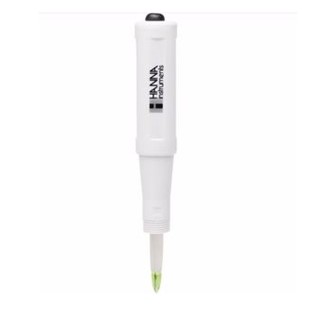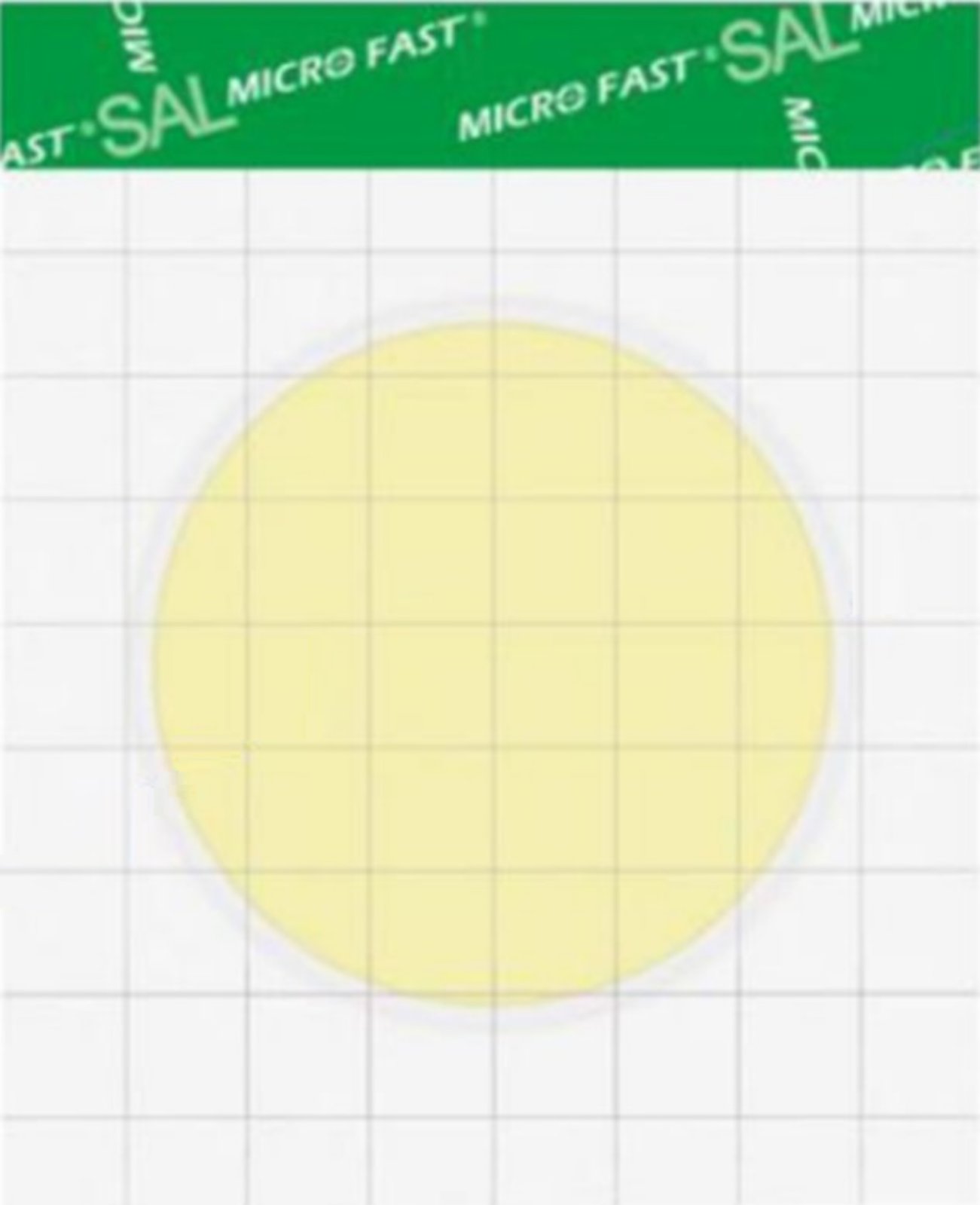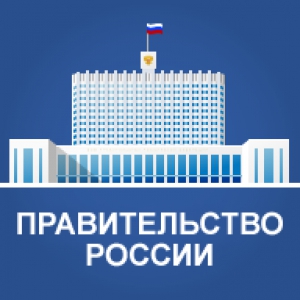Chewing gum was the most expensive product in the year of sanctions

Chewing gum topped the list of products that have risen in price most noticeably over the year in Russian stores, Rosstat recorded. In March 2023, the average retail price of a pack of chewing gum was 39 rubles. (price peak was reached in February 2023 - 39.39 rubles per pack). Compared to the same month in 2022, its cost increased by 22.3% - then the average price was 32 rubles.
At the same time, a year ago, in March 2022, inflation in RUSSIA was at its peak - prices soared by 7.6% in a month, which was a record since 1999. The rise in prices began after the announcement of a special military operation in Ukraine and the subsequent imposition of Western sanctions, which led to the acceleration of the DOLLAR, the disruption of import supply chains and the massive suspension of business of foreign companies in Russia. In the following months, price growth slowed down, in March 2023, compared to the previous month, inflation was 0.37%.
The growth rate of gum prices over the past year has become a record for the entire previous decade. In previous years, chewing gum also grew in price, but the annual rise in price was 1-3 rubles. year (with the exception of 2018, when prices fell slightly).
What chewing gum do Russians buy most often?
The Russian chewing gum market is divided among the largest players - Wrigley (a subsidiary of Mars Corporation, produces the brands Orbit, Wrigley's, Eclipse), Mondelez International (produces Dirol chewing gum) and Perfetti Van Melle (Mentos brand). According to the research company Ipsos, in the fourth quarter of 2022, chewing gum was consumed by about a quarter of residents of large Russian cities over 16 years old (cities with a population of more than 100 thousand people were taken into account). The top five most popular brands that chewing gum consumers bought over the past three months are Orbit White Mint (24.6% of respondents), Dirol Mint Frosty Mint (23.7%), Orbit Juicy Watermelon (17, 3%), Mentos (14.2%) and Dirol Mint Mint (13.1%).
Why has the price of chewing gum gone up?
The sharp rise in the price of chewing gum over the past year is the result of the consequences of Western sanctions, follows from the explanation of the executive DIRECTOR of the K-Artel confectionery factory near Moscow (produces chewing gum under the Turbo brand) Roman Shuvaev. Firstly, against the backdrop of sanctions, packaging has risen in price, explains Shuvaev. In April 2022, as part of the fifth round of sanctions, the EU banned the import of printing ink, paper, cardboard, film, and printing machines into Russia. The second reason for the rise in prices is the dependence of production on the import of components, Shuvaev continues: the basis for chewing gum is not produced in Russia and is imported from abroad. Last summer, Russian factories faced difficulties due to the fact that the rubber base made of synthetic polymers fell under EU sanctions, Kommersant reported. Problems with ingredients
Read pioneerprodukt.by How the demand for gold is growing and what to expect from the securities of Russian companies Fake check for $10 million: how comedian Jim Carrey fought depression for years How a neural network turns from an interlocutor into a manipulator and even an aggressor "Second Career":why top managers choose freelance workRussian synthetic rubber plants that could make gum base, such as those in Voronezh and Yefremov, cannot keep up with demand, Shuvaev laments. Before this base came under sanctions, it was imported to Russia by sea from Spain, says the interlocutor of RBC. Now domestic producers have switched to deliveries from Brazil and Egypt, and are also “establishing a connection” with CHINA, Shuvaev says. But due to the increase in the cost of logistics and the increase in travel time, suppliers raised prices by up to 40%, and they ask to send payment for the goods in advance two or three months, “and it’s not a fact that they will bring it and not delay it,” Shuvaev complains.
Aleksey Popovichev, executive director of the Rusbrand association, agrees with the fact that chewing gum has become the leader in price increases among products due to the fact that the production of this product is highly dependent on imported components. consumer goods, including Mars, Mondelez International and Perfetti Van Melle). Among the main reasons for the increase in the cost of chewing gum, the expert lists an increase in the cost of packaging, imported components and the complication of supply chains. Producers are trying to restrain price increases, but still they have to broadcast some part to the consumer, Popovichev added.
Delivery of components from abroad last year doubled in price, which was reflected in the growth in the cost of goods with an imported component by at least 8-10%, said Igor Karavaev, chairman of the Presidium of the Association of Retail Trade Companies (AKORT). It is easier for large chain retailers to contain this growth: prices for chewing gum in retail chains are approximately 10–12% lower than the national average due to greater purchasing capacity and promotional activity of manufacturers, the expert assures. Although, after the start of a special military operation in Ukraine, many international companies, including Mars, suspended investments in marketing in Russia.
RBC sent a request to the largest manufacturers - Mars, Mondelez International and Perfetti Van Melle, as well as to the X5 Group retail chains (Pyaterochka, Perekrestok and Chizhik), Lenta, Verny, Auchan, Metro C&C . Retailers Magnit, Vkusvill and Azbuka Vkusa declined to comment.
How has the demand for chewing gum changed?
Most residents of Russian cities do not buy chewing gum, and in 2022 the share of consumers of this product has also significantly decreased, according to Ipsos data. If in the fourth quarter of 2021 chewing gum was consumed by 30% of Russians over 16 years old living in large cities, by the fourth quarter of 2022 the share of consumers fell to 25.6%.
Buyers in the largest retail chains for the year ended February 2023 bought less chewing gum than in the previous year, but spent more on it, according to data from the research company NielsenIQ (analyzes information about purchases in the largest Russian retail chains). Chewing gum sales in the 12 months to February 2023 decreased by 2.9% year-on-year (absolute numbers not disclosed). In monetary terms, sales over the same period showed an increase of 16.1%.
Russians have been buying less chewing gum for years now: this category was one of the hardest hit even during the pandemic. Then, due to restrictions related to covid-19 , chewing gum, like other goods that customers usually take under the influence of momentum in the checkout area of stores, became more difficult to get into the basket of consumers, and the need for it decreased due to the self-isolation regime. At the end of 2020, analysts recorded that sales of chewing gum in stores decreased by almost 15% in physical terms and by 13% in monetary terms. In 2021, the rate of decline in sales in volume terms slowed down. But by early 2023, category sales remain below 2021 levels, NielsenIQ notes.
The demand for chewing gum depends on the purchasing power of the population, Shuvaev says. When food prices rise, and the salary of consumers does not change, this product is bought less, the expert notes. However, despite difficulties with ingredients and a decrease in demand, the variety of chewing gum assortment in Russian stores increased by 15% over the year, NielsenIQ experts say. According to them, over the past 12 months, the number of commodity items, or SKU (from the English stock keeping unit - "stock keeping unit"), chewing gum has reached 1266 against 1101 a year earlier.
What other goods have risen in price compared to the peak of prices
In March 2023, according to Rosstat, margarine was in the top 10 more expensive goods compared to the same period last year - 242 rubles. per 1 kg (the price increased by 22% year-on-year), cucumbers - 201 rubles. per 1 kg (by 20%), marshmallows and marshmallows - 400 rubles. per 1 kg (by 17.4%), cookies - 255 rubles. per 1 kg (by 17.3%), creamy ice cream - 677 rubles. per 1 kg (by 17.2%), canned tomato - 329 rubles. per 1 kg (by 16.9%), gingerbread - 213 rubles. per 1 kg (by 16.1%), onions - 55 rubles. for 1 kg (by 16%) and jam and jam - 437 rubles. per 1 kg (by 15.8%).




























































